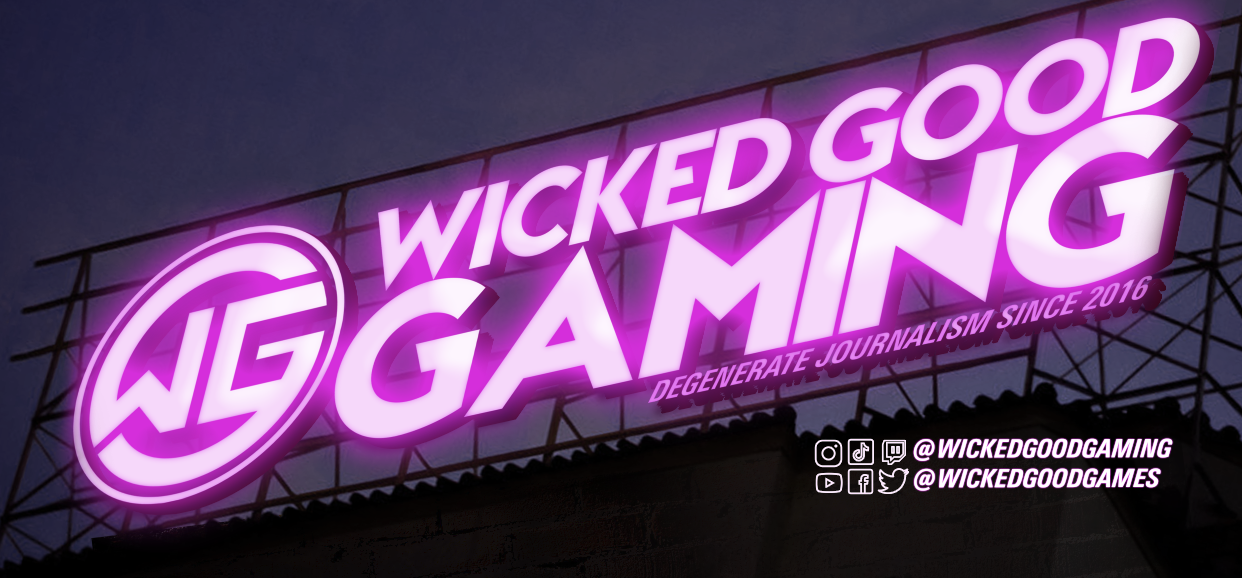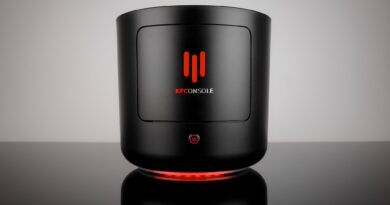Thymesia Review : Plague Born
Thymesia is an upcoming Souls like that follows similar patterns of the genre. What I always find interesting about Souls clones from smaller teams is the way they go about making small changes and improvements to the formula. If you go back and read one of my first ever review on WickedGoodGaming.com you can find my Lords of the Fallen Review which I tore apart. This was because they didn’t even bother trying to add anything new to the already rock solid core that comes from Dark Souls. Thankfully that has not been the case with a lot of the recent games released following in the footsteps of one of my favorite franchises of all time. Games like Code Vein, Mortal Shell and now Thymesia have taken the core of the SekiSoulsBorne formula and added their own flavor to separate themselves not only from each other but to also create new an interesting worlds filled with lore that are just begging to be explored.
Thymesia puts you in the shoes of Corvus. A plague mask wearing amnesiac badass (get it Thymesia…Amnesia) whose only goal really is to remember how the world got to the state it is currently in. You go through the typical opening Dark Souls area where you fight a boss at the end where you are intended to die (no spoilers this is also in the demo). You wake up next to little red riding hood, AKA Aisemy and your entire journey plays out by recalling memories with Aiesmy. There are so many interesting similarities Thymeisa has to BloodBorne (my favorite Souls game ever released) and it honestly feels like a really good balance between BloodBorne aesthetic with fast paced Sekiro lite combat. I’m not even sure if I would be able to delve into story spoilers because just like Dark Souls everything is told via items and notes left around your memories. After obtaining substantial memories, such as a core from a boss you can take them back to Aisemy or eventually Emurald.

Please any devs correct me if I’m wrong here but Aisemy is a student of Emurald (who looks very much like Eileen the Crow) and both are tasked with mastering alchemy under orders of the king. You find out a bit later on through Emurald dialogue that Pureblood is being used in alchemy and that Vileblood is what creates monsters (direct correlation to Bloodborne Pale Blood). Like I said the story can seem a bit convoluted because so much of it is drawn from notes that you can completely miss by accident or not even know you can chat with Aisemy or Emurald to get lore dumps. Although the story in Thymesia may be lacking a bit, the combat and aesthetic of the game absolutely take front stage. I couldn’t even begin to tell you how many insane JRPGs I have played with borderline 0 understanding of the plot but loved the game nonetheless. For fucks sake, just look at Kingdom Hearts or the majority of the Final Fantasy games.
Thymesia follows a similar pattern to Bloodborne and Sekiro with faster paced combat and a higher focus on parrying. Just like Sekiro it took me over an hour to really get a feel for it, but once it clicked, IT CLICKED. It felt like Corvus was skating around on ice every fight I got into once I was able to handle of the movement, blocking and parrying. One of the most unique mechanics was the plague build up. Everytime you damage an enemy you remove a chunk of health then a green bar remains. If you don’t reave with a heavy attack the health will come back forcing a dance like playstyle. One of the biggest issues with Mortal Shell was that you pretty much had one way to fight, go in do some damage, shell up to parry, then fall back until it came off cool down. Thankfully Thymesia forces you to stay in the flow of combat and really sets itself apart from other Souls clones.

Similar to most smaller scale Souls Clones, you are locked to one weapon, one set of armor, but thankfully have an upgrade tree that allows for a little bit of variation in combat. Sekiro gave you access to Trick weapons, Thymesia gives you a few dozen Plague Weapons. Upon killing enemies you can recieve shards for the weapons or abilities they use and once you have at least one shard you can map that ability to use in combat. Charging a heavy reave attack also steals the ability giving you immediate access to use it, but you can only use it once until you map it after resting at a beacon. This mechanic is both a blessing and a curse. It’s a great way to add something new to the formula, which I think worked very well, but the main issue being balancing. I only ever found myself using 3 or 4 different Plague weapons just because of how strong they were or how much utility they provided. I’ll get a bit more into this shortly.
Thymesia follows the similar formula to most Souls games and adds some great additional features that are unique to it. Unfortunately it also shares similar draw backs I tend to see more consistently in smaller teams trying to create a souls clone. The two most notable being lack of enemy variety and a pretty big spike in difficulty towards the end of the game. The enemy variety is not a major issue, I just see how interesting the world is and can’t help but think of how much more could have been done by adding a dozen or so different enemies and making some unique to each memory. You fight the same deranged townsfolk, same lesser knights, same greater knights and a few different plague creatures throughout the majority of the game. The only ones that ever really give you any trouble are the chunkier knights with higher health pools and near infinite poise. This is ultimately where the plague weapons come into play. There are only a few plague weapons that give you hyper armor and/or break enemy hyper armor and Thymesia is one of those games where hyper armor and infinite poise are nearly guaranteed with most instances of combat. This ends up making those plague weapons outright superior to the rest because they are more advantageous against the few enemies that can really kill you. Unless you’re reviewing this game at Kotaku in which case, a small gust of wind would kill you in Thymesia. You get an incredibly powerful tentacle attack that not only does insane damage but also can knock almost all enemies prone and that was what I used for 95% of combat interactions outside of endgame bosses where they simply moved too fast for me to get the entire plague weapon combo off.

There are only a handful of memories to dive into with a few side quests each and if I remember correctly 7 bosses all varying in complexity as well as joy factor. There is one massive spectacle boss where you have to traverse an entire level avoiding it and killing enemies on the way just to get above it to one shot him… a la Ancient Dragon from Dark Souls 3. This would have been fine if they gave you access to a shortcut or resting beacon like half way through instead of 75% of the way through. This was likely my low light for the bosses, most of them were solid overall with a massive blood sucking bat being the absolute stand out (oh and the TRUE second to last boss). I don’t know what it is with Souls Clones and their best bosses being huge bats, but Thymesia and Star Wars Jedi Fallen Order nailed them. Another minor gripe I had was the last 2/3 real bosses towards the end were massive difficulty spikes so much so I had to respec my talent tree in order to beat them. I felt like I was cruising through enemies and most bosses within a few fights but the last 2 really made me have to take a few breaks after a dozen deaths. Yes I consider this a minor gripe because they felt a bit too drawn out and the FINAL final boss feeling a bit too fast for even the combat of Thymesia, however, just as I always feel with difficult bosses, the elation after beating them was incredible. So it isn’t necessarily a bad thing just be forewarned that if you feel like you’re smoking everything in your path, you’ll hit a brick wall at some point and really have to adjust.

Thymesia looks solid overall. Nothing much to complain about visually since the aesthetic takes the game visually most of the way. The sound design however is all over the spectrum. At times it felt like I wouldn’t get any audio registration for hits landing then other times the score for some of the boss fights put me in awe (the 2nd to last boss especially). Gameplay and combat felt great as well with some very interesting new additions to an already steadfast formula and it took me just over 10 hours to complete and that was with collecting the vast majority of notes and doing some power leveling before some difficult bosses so this could be a very solid game to get through in a weekend. I know I say this a lot in my reviews and I spend a decent amount of time discussing the minor negatives of games, but Thymesia really is just a great new entry into the genre. Is it perfect? No. Is it bad? Absolutely not, I thoroughly enjoyed my entire playthrough and was a bit disappointed when I realized I had nothing left to do after beating the last boss besides collecting notes I may have missed. But that is how you know the game is good. When you complete it and have an immediate desire to want more. I would love to see what comes in the future from games like Remnant From the Ashes, Mortal Shell and now Thymesia because these games, although not perfect, fit incredibly well into the genre and add things you wouldn’t even think would fit. Thymesia was another great little addition into the genre that fans of the franchise should certainly check out.
Thymesia Review
4 Grunting Plague Knights out of 5
P.s calling something a souls clone is not a bad thing. Souls games are some of my all time favorites and From Software only releases a new game every 5 or so years so there is always room for other developers.




